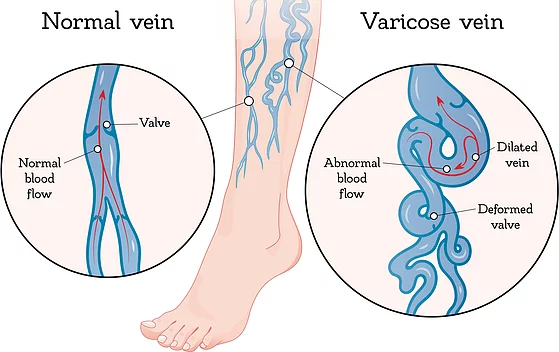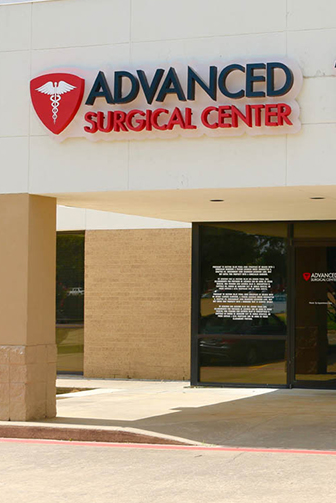Call us
(469) 513-26661018 East Wheatland
Duncanville, TX 75116.Our email
mail@advancedsurgical.com

Chronic Venous Disease
- Home
- Chronic Venous Disease
Chronic Venous Disease

What is chronic venous disease?
Your veins carry blood from your body back to your heart, where it can pick up oxygen in the lungs before being pumped back to the body through arteries. In chronic venous disease (CVD), the blood flow from some of these veins becomes insufficient, damaging the veins and leading to a backup of blood. This usually happens in your legs where the blood flow fights against gravity to return to the heart.Chronic venous disease - also called chronic venous insufficiency - is a very common medical problem. Although many people with CVD are initially concerned about the appearance of spider or varicose veins, if left untreated CVD can progress to more worrisome medical issues.
Symptoms of chronic venous disease
Like many other medical problems, this can go on for years before you may notice any signs or symptoms. You may start by noticing veins showing through your skin, but as time goes on, you could develop leg swelling, changes to the skin, or even ulcers (breaks in the skin) as the damaged veins become leaky, causing damage to the surrounding tissues.
Treatment of chronic venous disease
Unlike most conditions we care for, the heart plays only a small role in the development of CVD, although some of the treatments do impact the function of the heart. The good news is that early treatments for CVD are simple and very low-risk. Oftentimes CVD develops due to inactivity and stagnant blood in the veins, so something as simple as regular walking or exercise can prevent worsening damage to the veins. On the other hand, specialized or invasive treatments may be needed if the disease is allowed to progress to later stages.
What is it?
Vein damage causing insufficient blood flow, usually in the legs- Family history
- Increasing age
- Female gender
- History of blood clots
- Prolonged standing
- High blood pressure
- Obesity
Risk Factors
- Spider or varicose veins
- Skin thickening or ulceration
- Leg swelling
- Leg aching, heaviness, or pain
Symptoms
- Plethysmography
- Ambulatory venous pressure measurement
Testing
- Venous duplex ultrasound
- Venography
Imaging
- Compression stockings
- Exercise
- Medications
- ablation techniques
- Surgical vein removal or ligation

